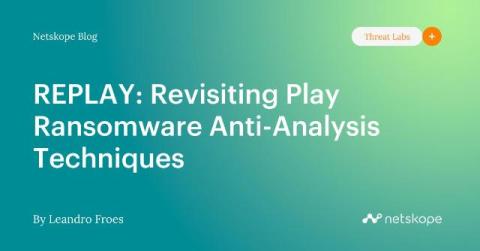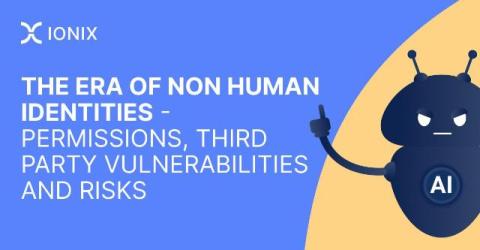Stories from the SOC - Sowing the Seeds of Cybercrime: The Credential Harvester
Cyber attackers are constantly innovating new ways to compromise users and steal credentials. Among these techniques, credential harvesting through phishing attempts is one of the most prevalent methods. This deceptive strategy often involves attackers creating a fake site that mirrors a legitimate login page.











